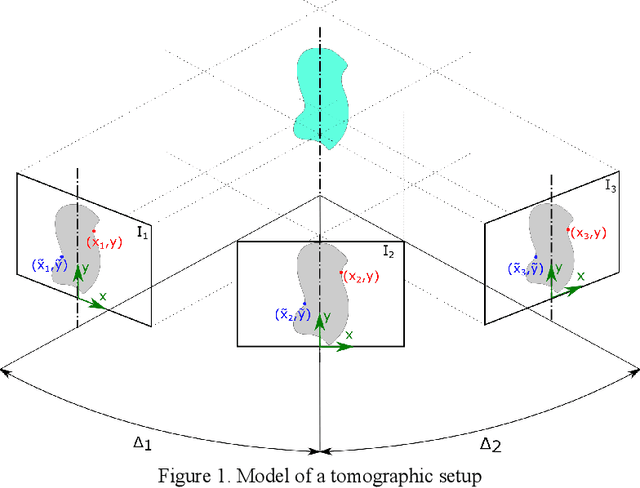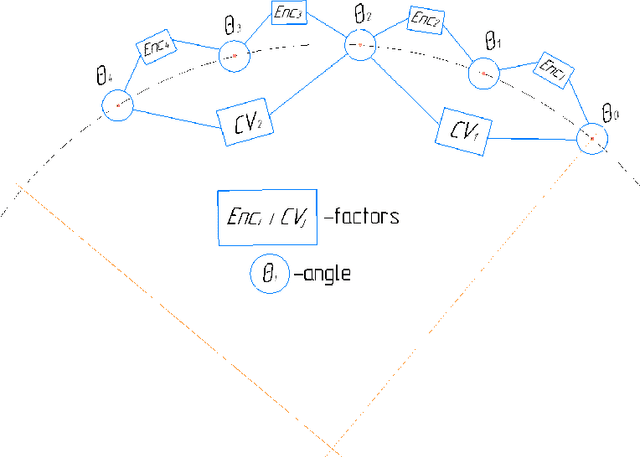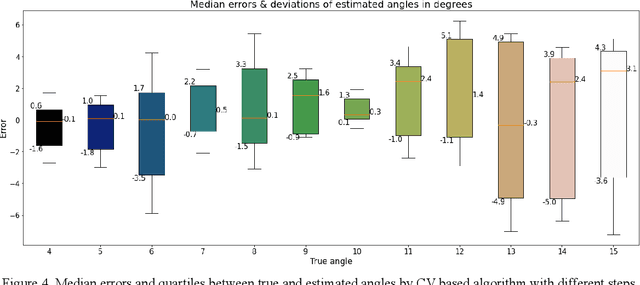Mark Griguletskii
TomoSLAM: factor graph optimization for rotation angle refinement in microtomography
Nov 10, 2021



Abstract:In computed tomography (CT), the relative trajectories of a sample, a detector, and a signal source are traditionally considered to be known, since they are caused by the intentional preprogrammed movement of the instrument parts. However, due to the mechanical backlashes, rotation sensor measurement errors, thermal deformations real trajectory differs from desired ones. This negatively affects the resulting quality of tomographic reconstruction. Neither the calibration nor preliminary adjustments of the device completely eliminates the inaccuracy of the trajectory but significantly increase the cost of instrument maintenance. A number of approaches to this problem are based on an automatic refinement of the source and sensor position estimate relative to the sample for each projection (at each time step) during the reconstruction process. A similar problem of position refinement while observing different images of an object from different angles is well known in robotics (particularly, in mobile robots and self-driving vehicles) and is called Simultaneous Localization And Mapping (SLAM). The scientific novelty of this work is to consider the problem of trajectory refinement in microtomography as a SLAM problem. This is achieved by extracting Speeded Up Robust Features (SURF) features from X-ray projections, filtering matches with Random Sample Consensus (RANSAC), calculating angles between projections, and using them in factor graph in combination with stepper motor control signals in order to refine rotation angles.
Comparison of modern open-source visual SLAM approaches
Aug 03, 2021



Abstract:SLAM is one of the most fundamental areas of research in robotics and computer vision. State of the art solutions has advanced significantly in terms of accuracy and stability. Unfortunately, not all the approaches are available as open-source solutions and free to use. The results of some of them are difficult to reproduce, and there is a lack of comparison on common datasets. In our work, we make a comparative analysis of state of the art open-source methods. We assess the algorithms based on accuracy, computational performance, robustness, and fault tolerance. Moreover, we present a comparison of datasets as well as an analysis of algorithms from a practical point of view. The findings of the work raise several crucial questions for SLAM researchers.
 Add to Chrome
Add to Chrome Add to Firefox
Add to Firefox Add to Edge
Add to Edge